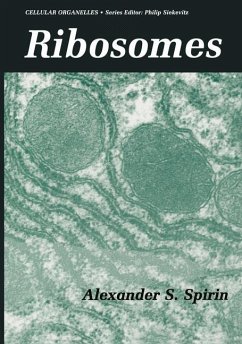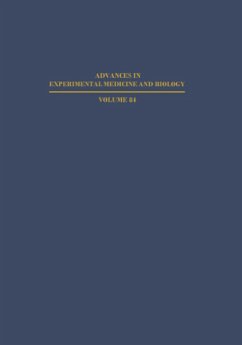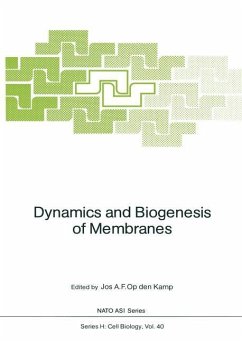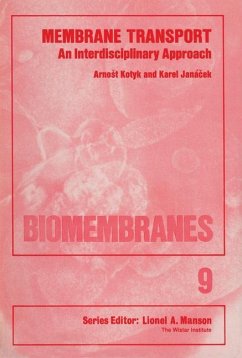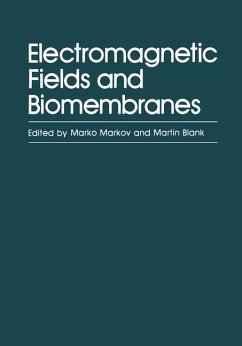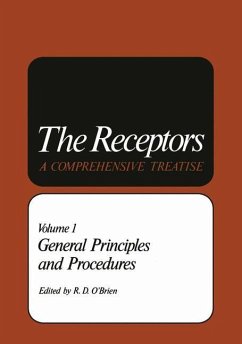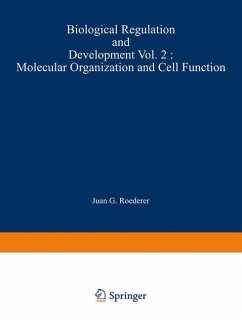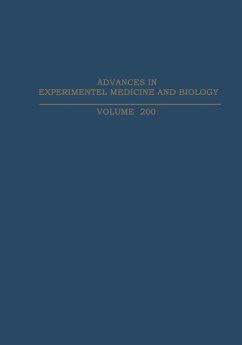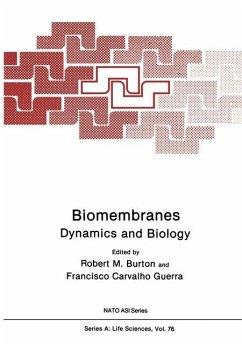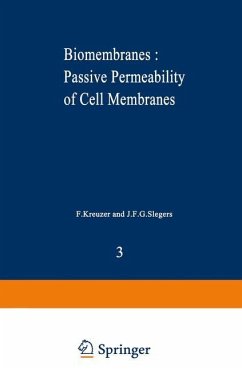
Physicochemical Methods in the Study of Biomembranes

PAYBACK Punkte
19 °P sammeln!
In mammalian cells many physiological processes rely on the dynamics of the organization of lipids and proteins in biological membranes. The topics in this volume deal with physicochemical methods in the study of biomembranes. Some of them have a long and respectable history in the study of soluble proteins and have only recently been applied to the study of membranes. Some have tradi tionally been applied to studies of model systems of lipids of well-defined com position, as well as to intact membranes. Other methods, by their very nature, apply to organized bilayers comprised of both protein...
In mammalian cells many physiological processes rely on the dynamics of the organization of lipids and proteins in biological membranes. The topics in this volume deal with physicochemical methods in the study of biomembranes. Some of them have a long and respectable history in the study of soluble proteins and have only recently been applied to the study of membranes. Some have tradi tionally been applied to studies of model systems of lipids of well-defined com position, as well as to intact membranes. Other methods, by their very nature, apply to organized bilayers comprised of both protein and lipid. Van Meer and van Genderen provide us with an introduction to the field (Chapter I). From their personal perspective regarding the distribution, trans port, and sorting of membrane lipids, they formulate a number of biologically relevant questions and show that the physicochemical methods described in this book may contribute in great measure to solving these issues. The methods of analytical ultracentrifugation have served faithfully for 60 years in the study of water-soluble proteins. The use of detergent extraction of membrane proteins, and the manipulation of density with H20/D20 mixtures, has extended this technique to the study of proteins, and in particular their interactions, from biological membranes. As described by Morris and Ralston in Chapter 2, this technique can be used to determine a number of important properties of proteins.



